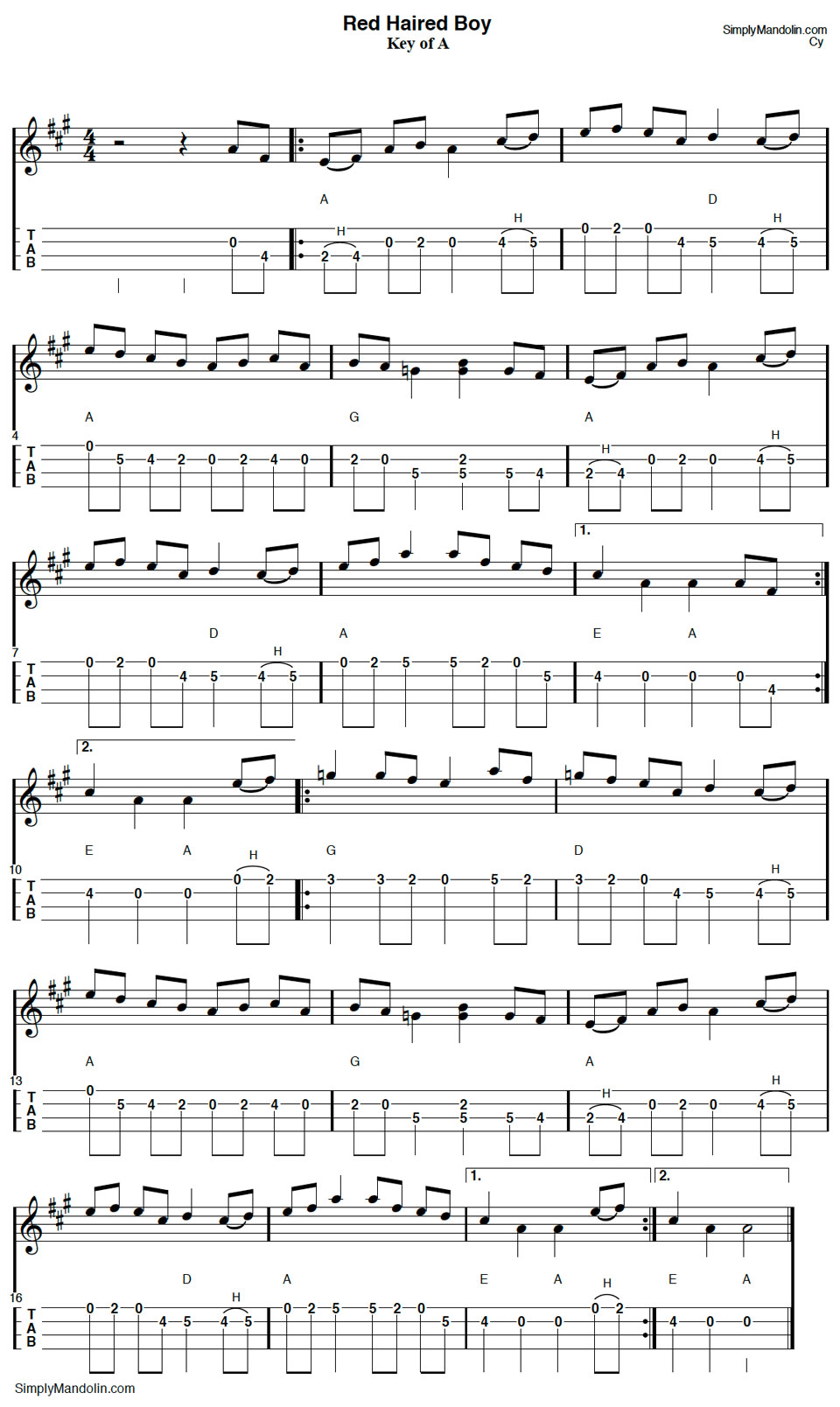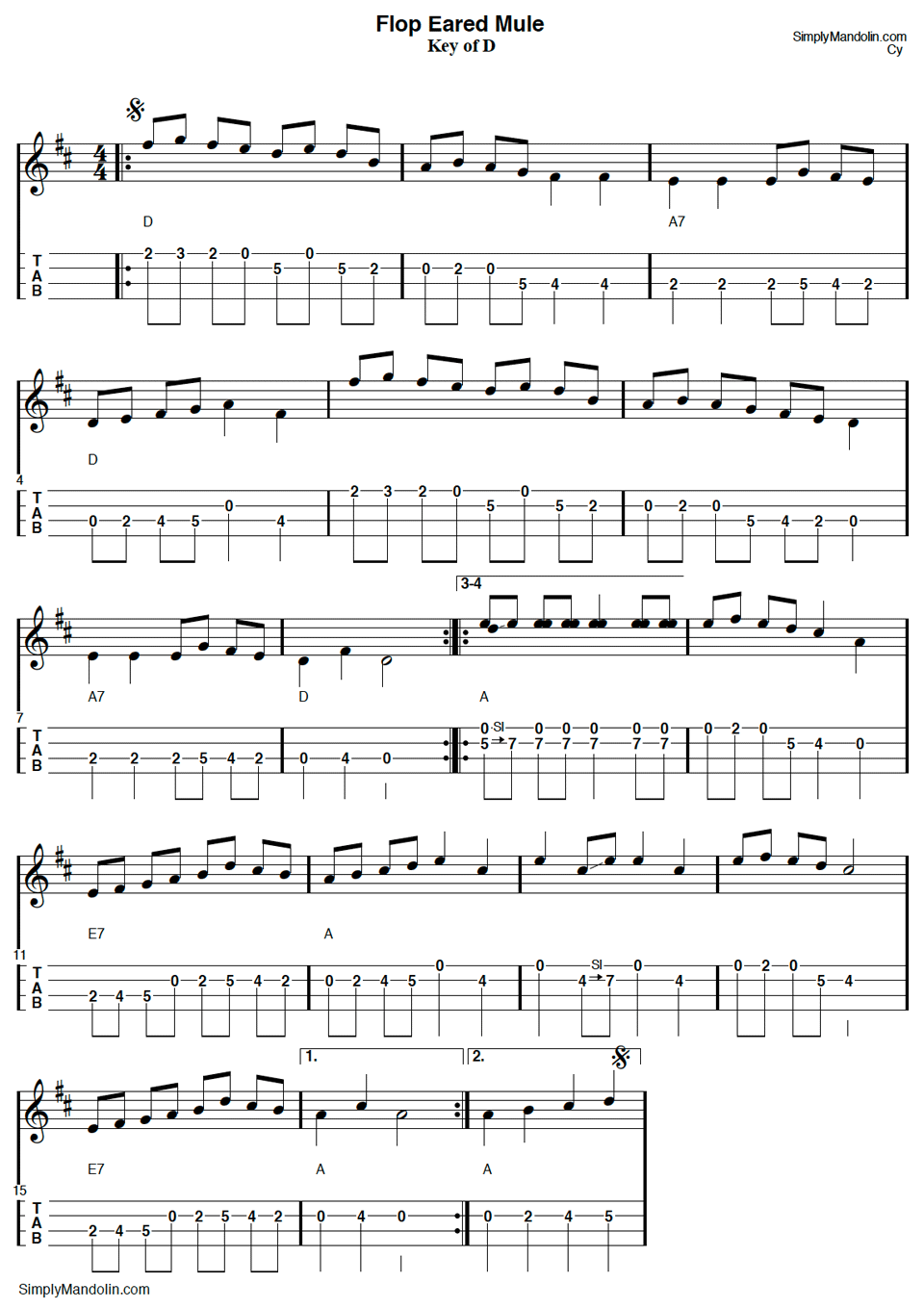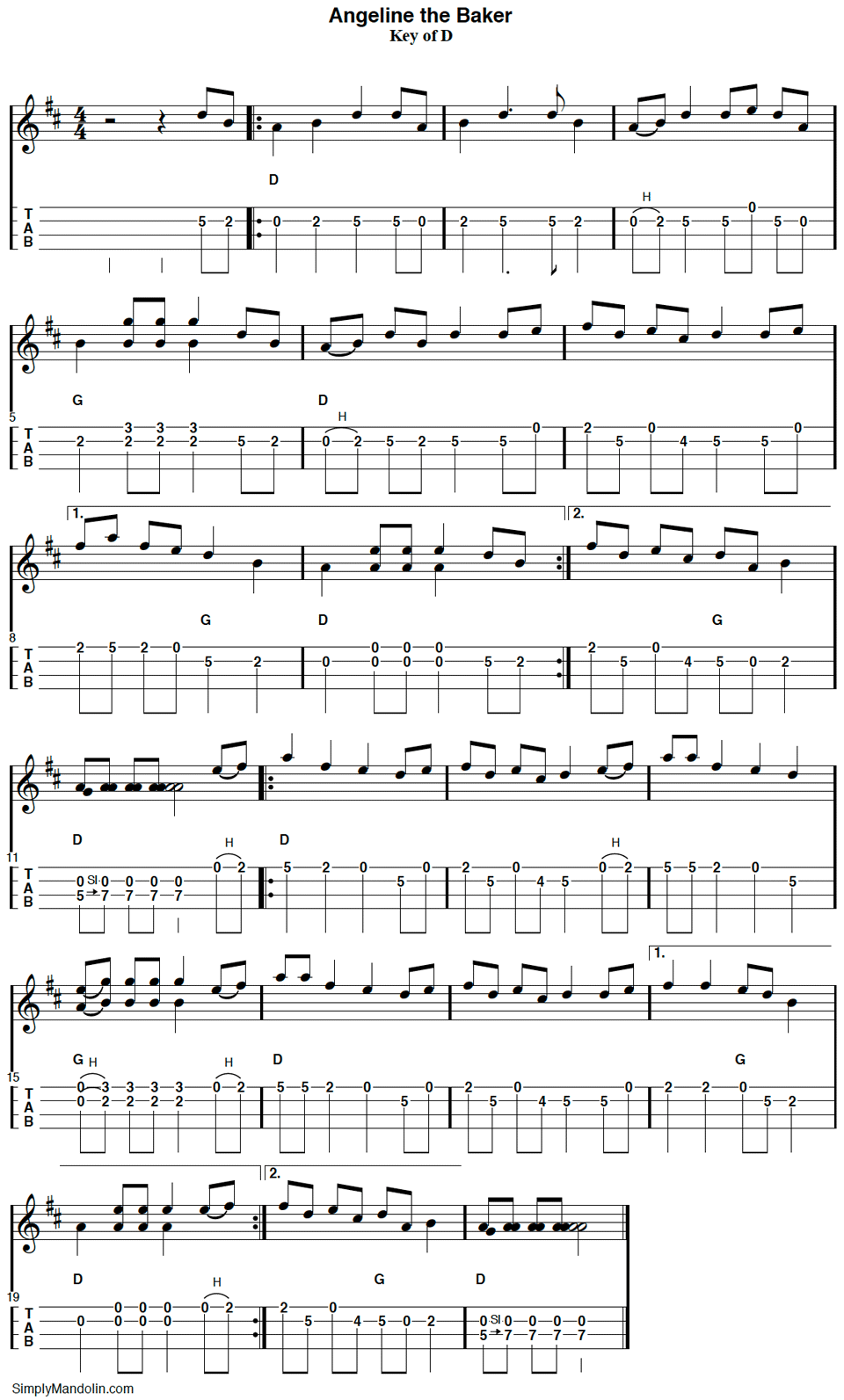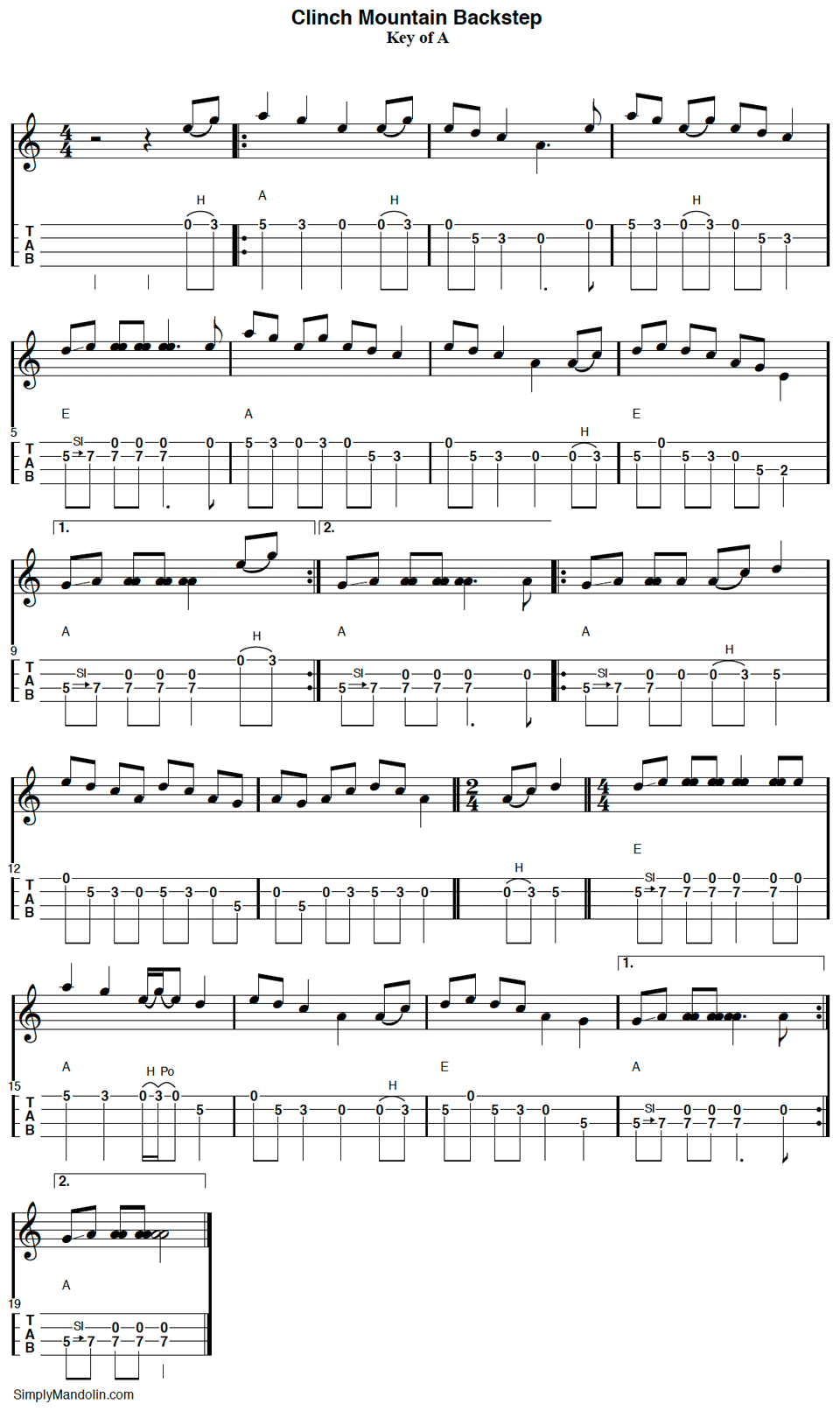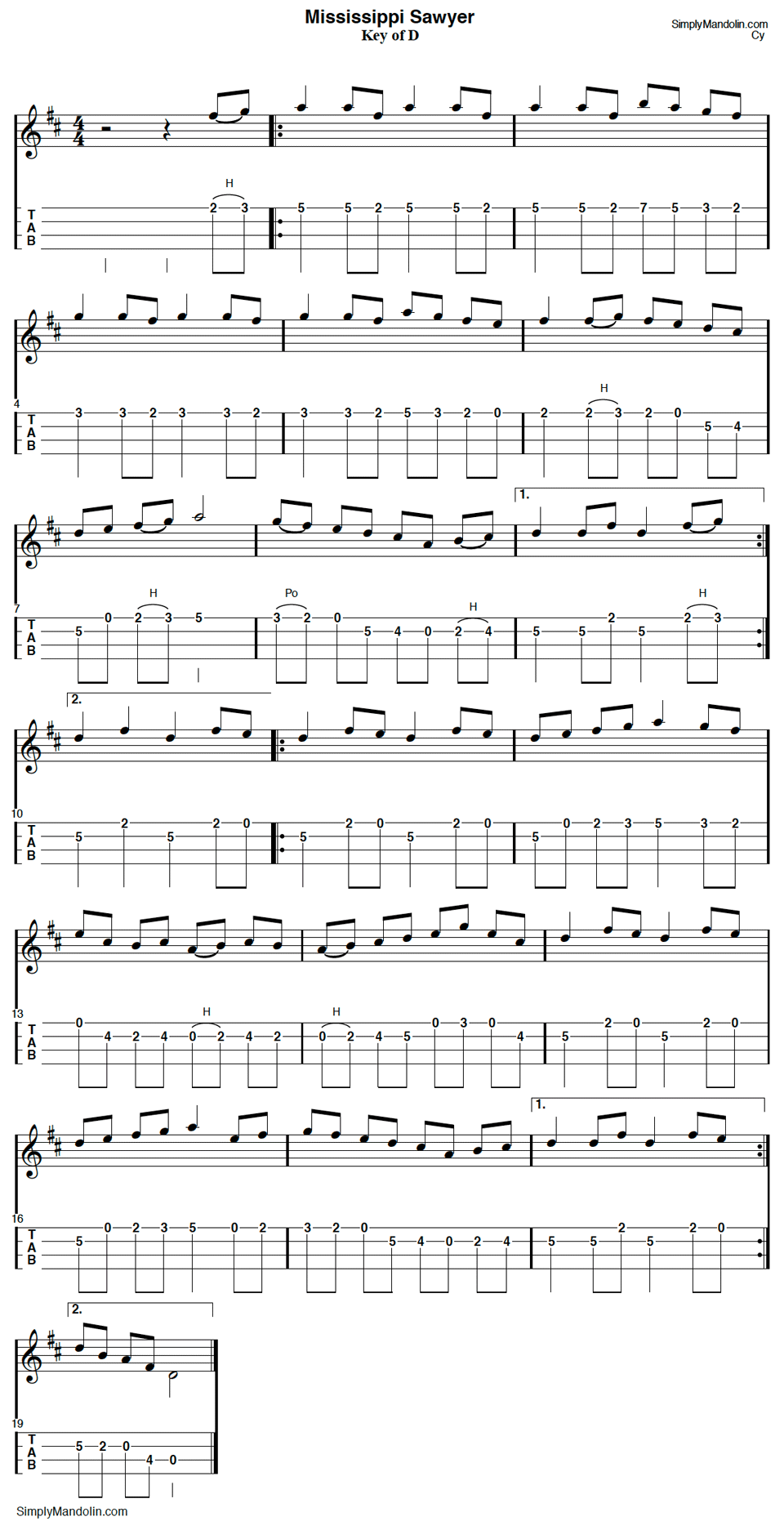The Tennessee Waltz is a beautiful country waltz written by Pee Wee King in 1946, with lyrics by Redd Stewart (copyright 1948 Acuff-Rose Publications, Inc.).
The song gained huge popularity when it was recorded by Patti Page in 1950. It’s in the key of C and played in 3/4 (waltz) time.
Following, you’ll find two versions of this tune. The first is fairly simple with basic timing and a few eighth note hammer-ons. The second version uses some syncopation with dotted quarter notes and eighth notes leading into the next measure, so watch the right hand. You should try to use “down picks” on the beats and “up picks” on the off-beats (on the “ands”), but it is a slow tune so you can probably get away with what’s comfortable.
You’ll also find a few sixteenth note hammer-ons (basically triplets) in the second version. If they tend to cause problems, just keep working at it and they’ll come.
The audio file plays both versions one after the other. Only the first version is tabbed out below, but both versions can be downloaded separately.
Listen to The Tennessee Waltz for mandolin:
Here’s the first version.
The Tennessee Waltz
key of C
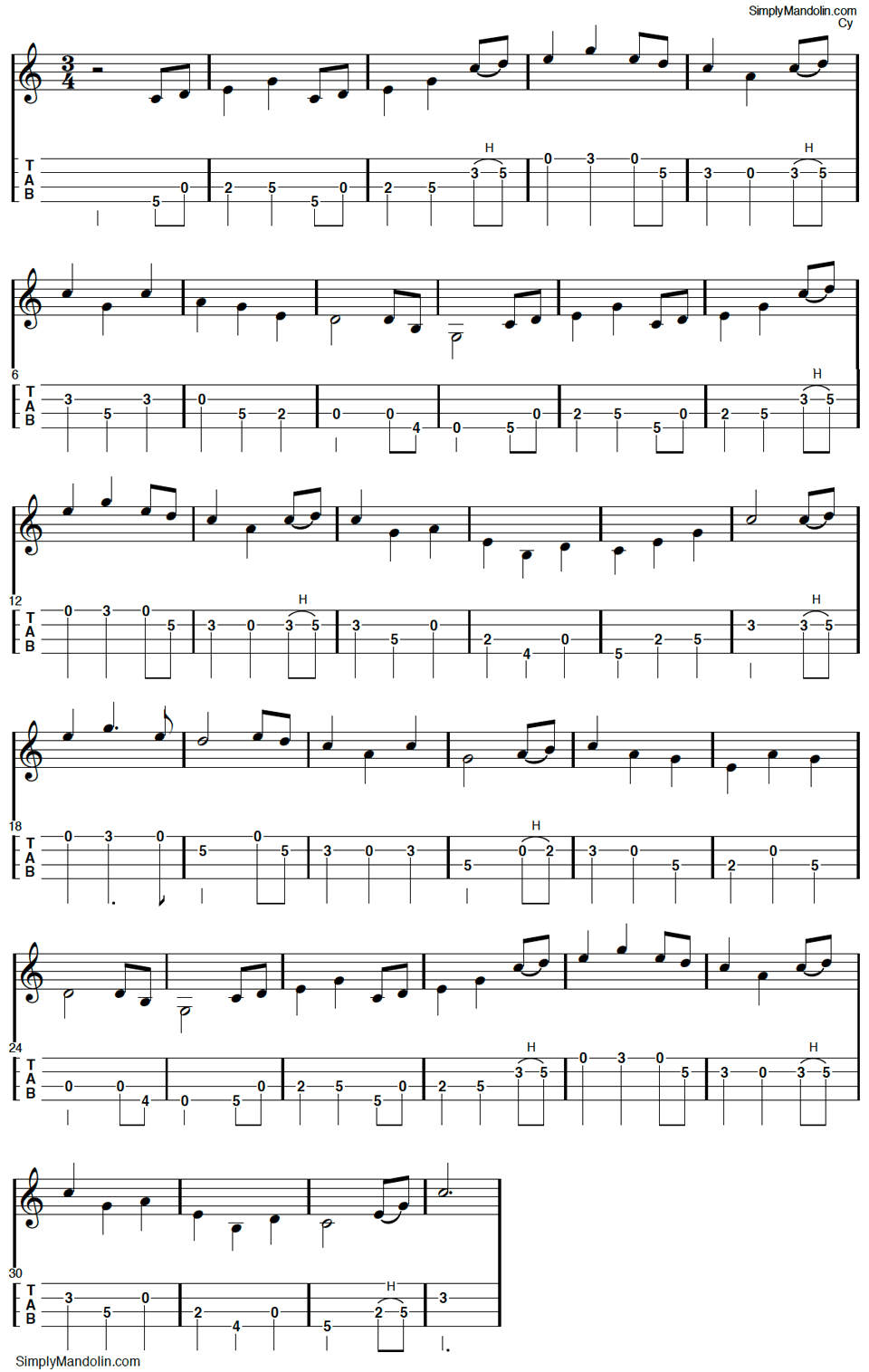
Download:
Tablature and Music (1st version)
Just the Music (1st version)
Just the Tab (1st version)
And here’s the second version.
The Tennessee Waltz
key of C
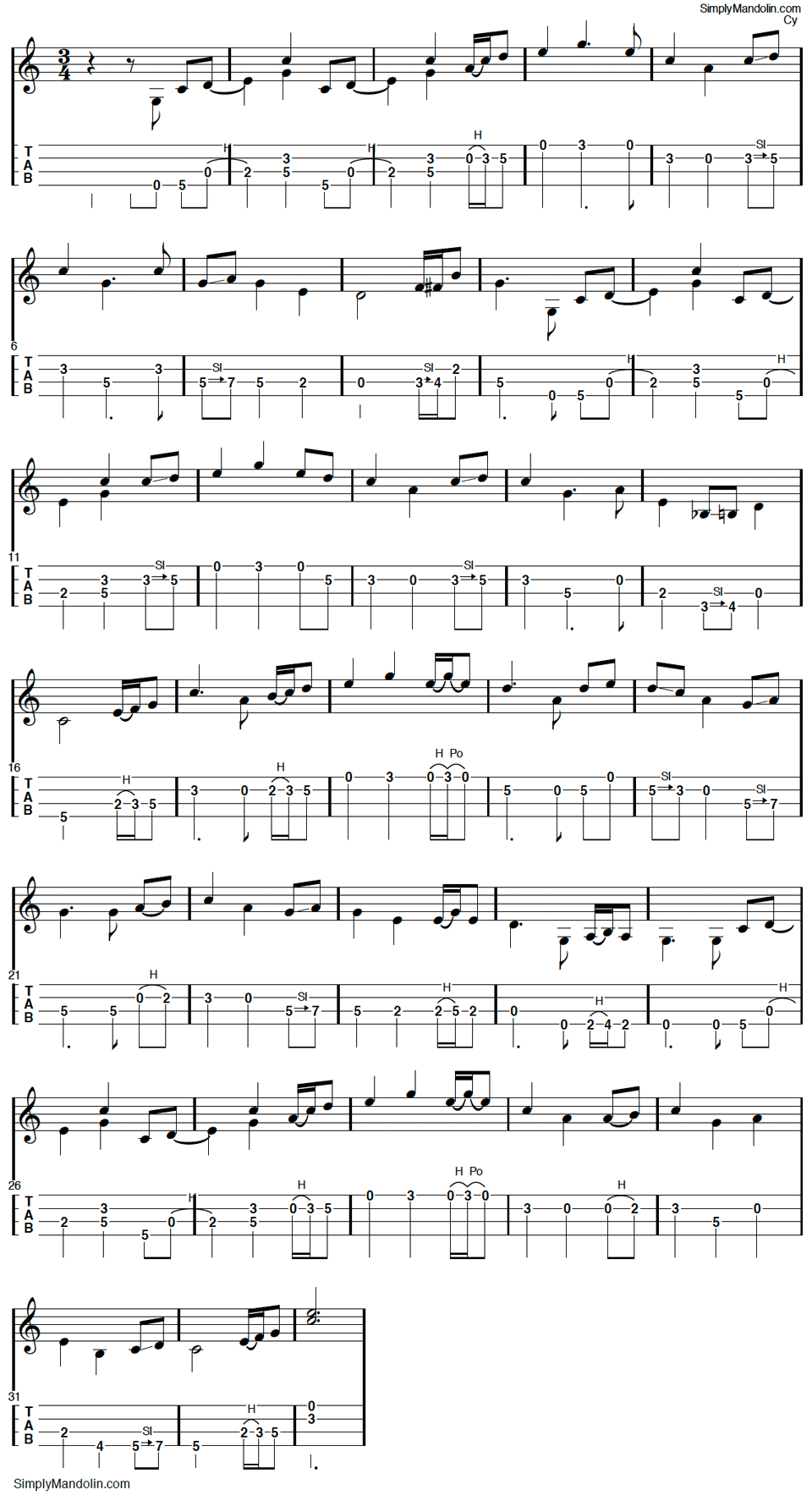
Download:
Tablature and Music (2nd version)
Just the Music (2nd version)
Just the Tab (2nd version)


